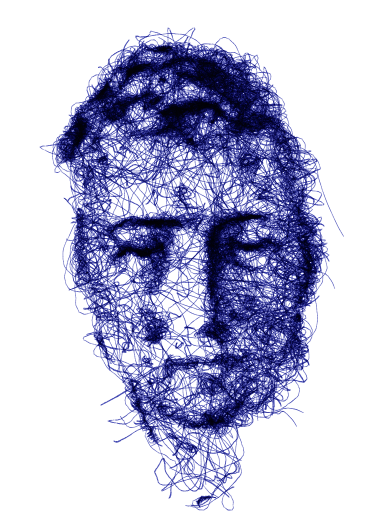Biography de Heinrich Heine, poète, writer and journalist (1797-1856)

Heinrich Heine, born in Düsseldorf, was a German poet, writer, and journalist, considered both the last poet of Romanticism and one who transcended it.
Among his prolific works, his most famous poem remains The Lorelei (1824). Attacked for his Jewish origins, political views, and frustrated by censorship in Germany, Heine went into exile in Paris in 1831, where he remained until his death. He played a crucial role as a mediator between France and Germany through his writings and political engagements.
The West Germany House was renamed the Maison Heinrich Heine in 1973, highlighting its mission within the Cité Internationale: as a student residence and Franco-German cultural institute, the house promotes intercultural dialogue and Franco-German cooperation in the fields of science, politics, arts, and culture.
Biografie von Heinrich Heine, Dichter, Schriftsteller und Journalist (1797-1856)
Heinrich Heine, geboren in Düsseldorf, war ein deutscher Dichter, Schriftsteller und Journalist, der sowohl als letzter Dichter der Romantik als auch als deren Überwinder gilt. Das berühmteste Werk seines umfangreichen Schaffens ist das Gedicht „Die Lorelei“ (1824). Wegen seiner jüdischen Herkunft und seiner politischen Ansichten angegriffen und der Zensur in Deutschland überdrüssig, ging Heine 1831 ins Exil nach Paris, wo er bis zu seinem Tod blieb. Heine spielte durch sein Werk und sein politisches Engagement eine entscheidende Rolle als Vermittler zwischen Frankreich und Deutschland. Die „Maison de l’Allemagne de l’Ouest“ wurde 1973 in „Maison Heinrich Heine“ umbenannt: Als Studentenwohnheim und deutsch-französisches Kulturinstitut fördert die house den interkulturellen Dialog und die deutsch-französische Zusammenarbeit in den Bereichen Wissenschaft, Politik, Kunst und Kultur.
A new generation rises, entirely unvarnished and innocent in thought, free in pleasure. It is to them that I will tell everything.
Es wächst heran ein neues Geschlecht, ganz ohne Schminke und Sünden, mit freien Gedanken, mit freier Lust. Dem werde ich Alles verkünden.
A poem-chair
“I adopted the chair, this familiar object, a few decades ago, at a time when I wanted to create art on a human scale in public spaces, while everywhere else people opted for the monumental: it is an object shaped like the body and serves the body. It is difficult to feel exclusive ownership of an object so universally shareable. It is mine when I occupy it, but if I leave it, someone else can claim it as their chair.” Michel Goulet, artist-sculptor
The project Prendre position
Prendre position is a sculpture-installation project of 47 chair-poems to mark the 100th anniversary of the Cité internationale universitaire de Paris. They were installed in a flowered meadow created especially for the occasion by the campus estate service.
This artistic installation was conceived by the Quebecois artist-sculptor Michel Goulet, in collaboration with François Massut, founding director of the collective Poésie is not dead.
Each house on the campus is represented by a chair, thanks to a donation from the Maison des étudiants canadiens and the support of the Labrenne group. Each of the 47 chairs is a unique work.
History and architecture of the house
It was not until the 1950s that a German house could be established. Johannes Krahn, the designer of several public facilities and religious monuments, created one of the most modern buildings of his time by combining concrete, steel, and glass.
